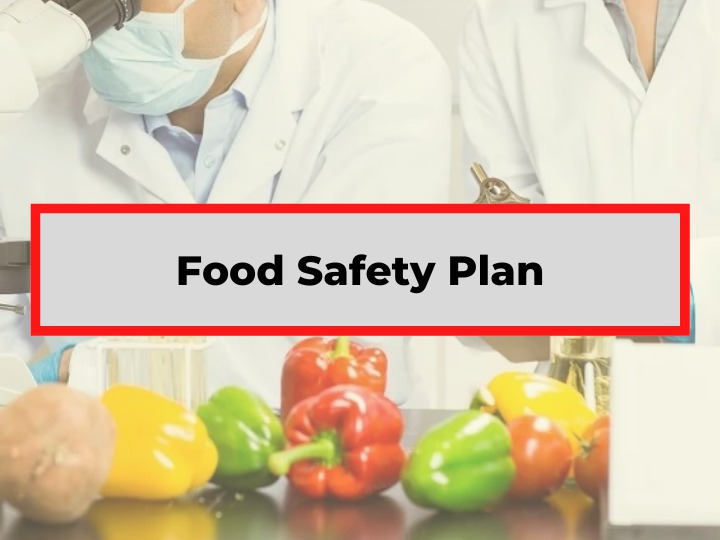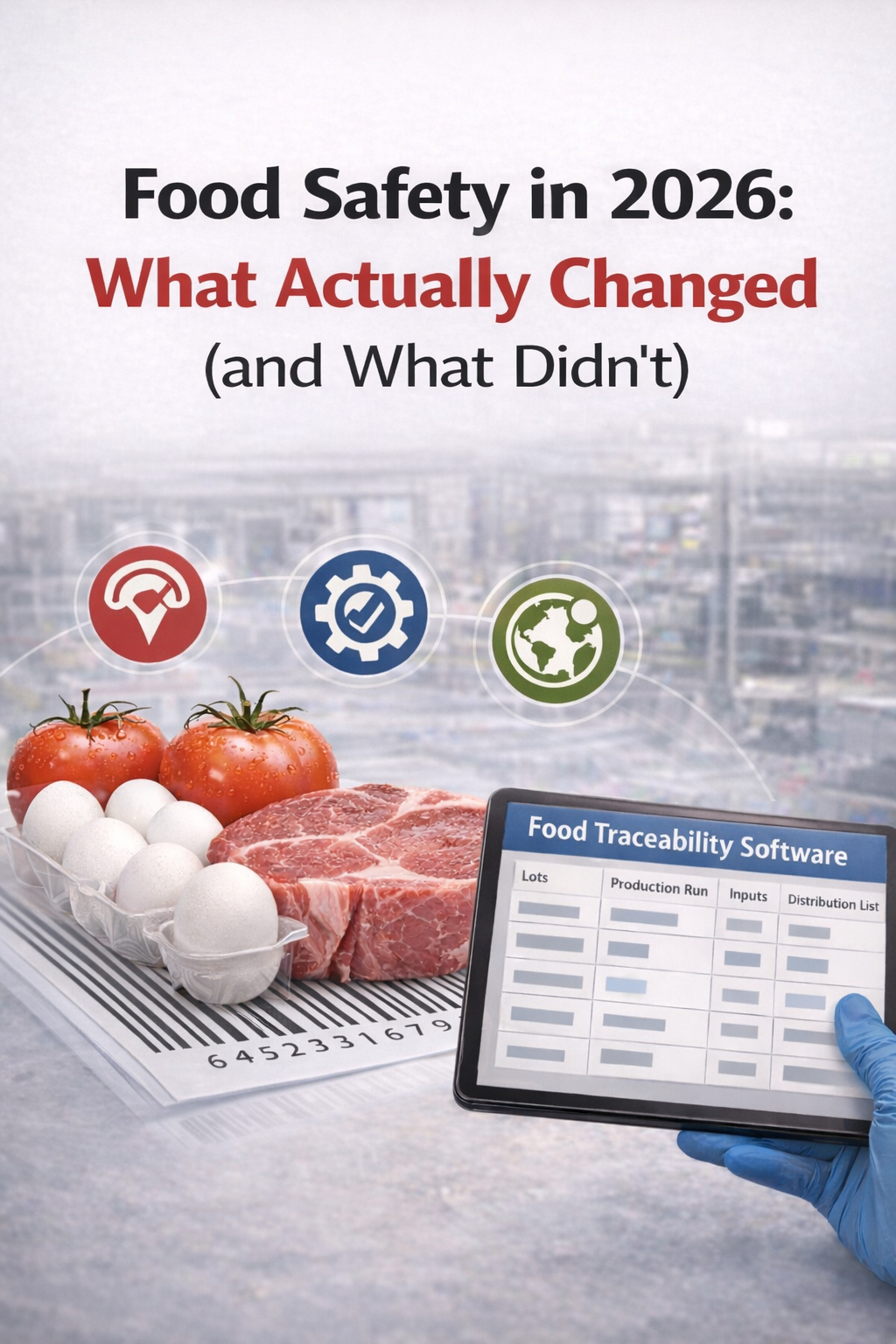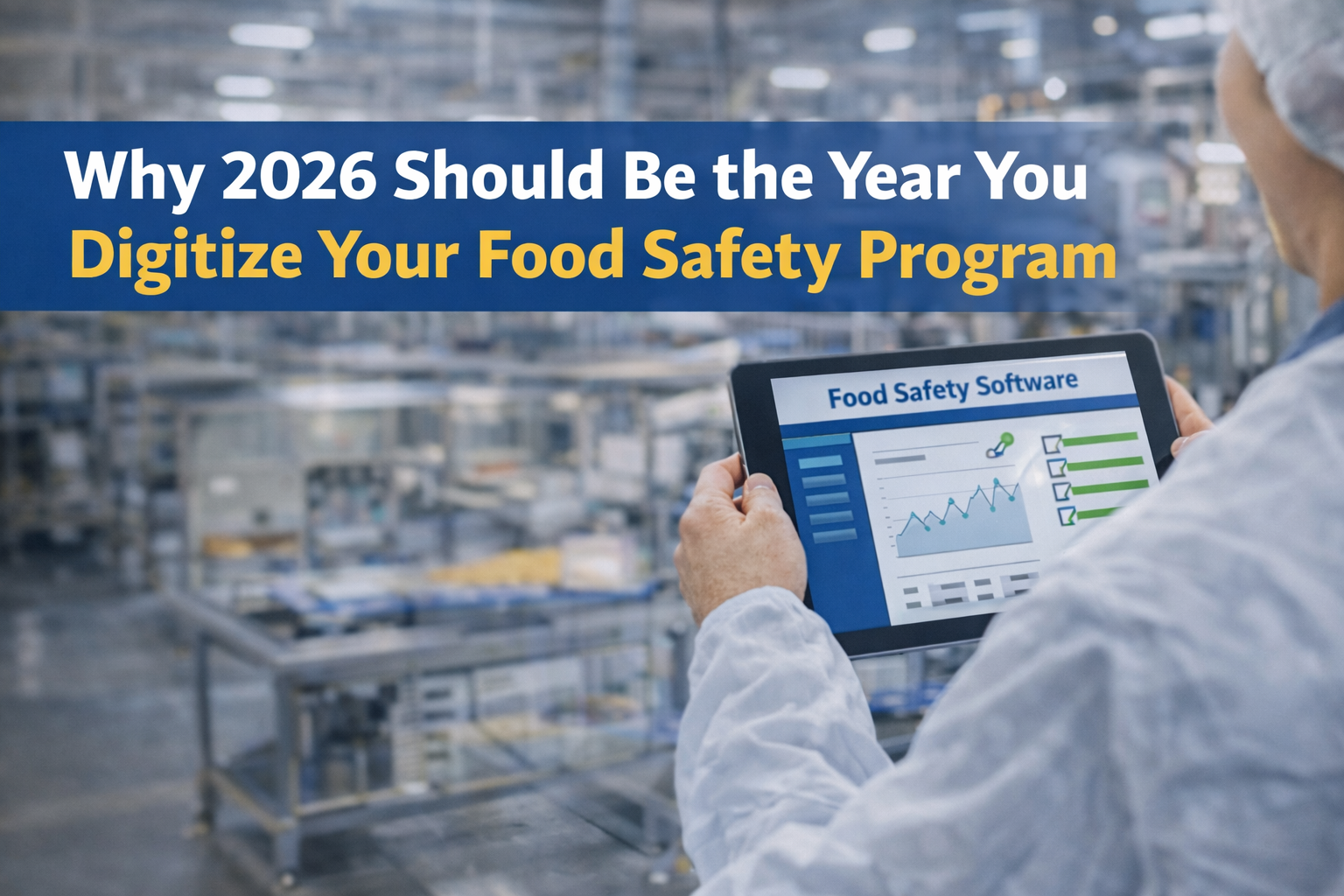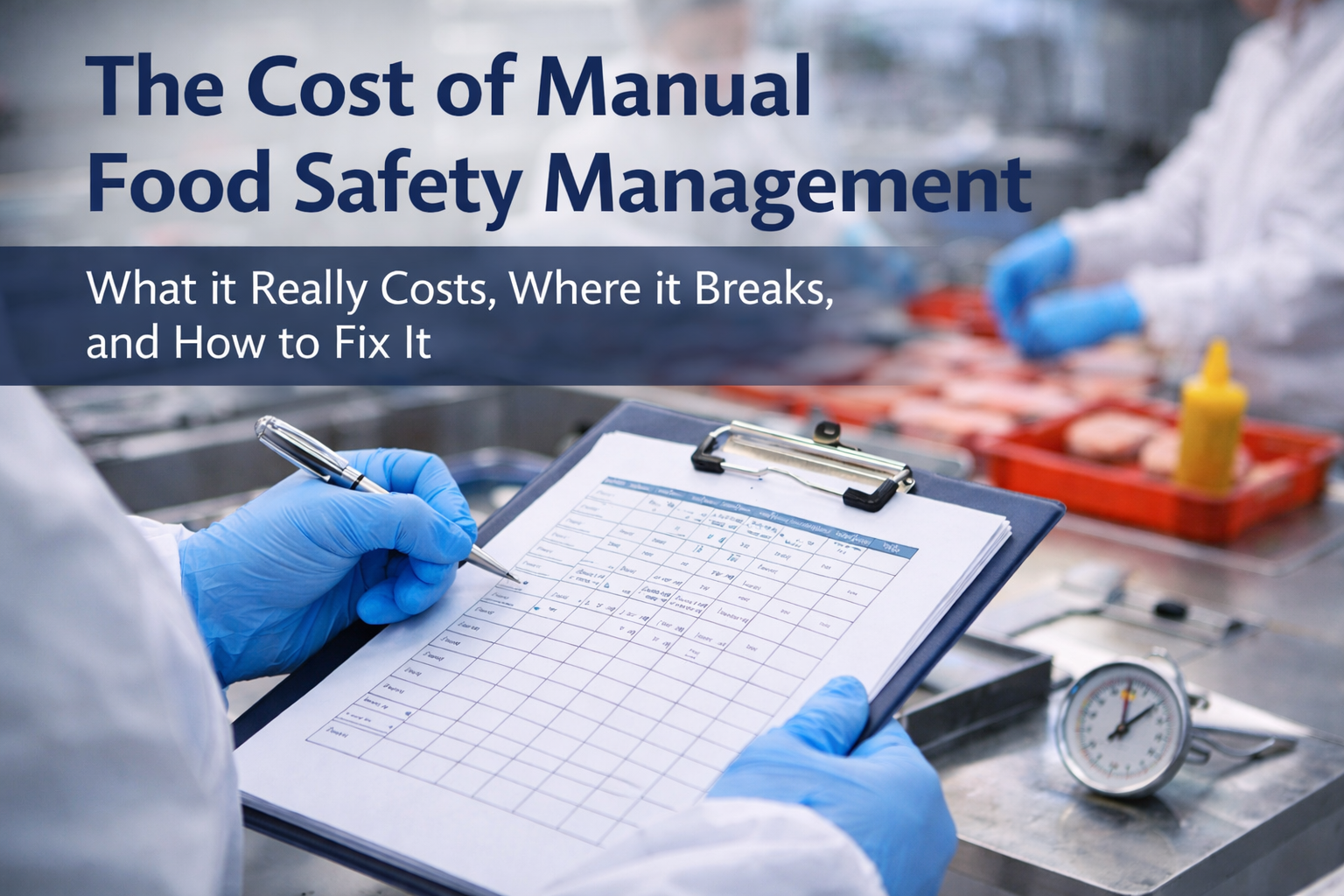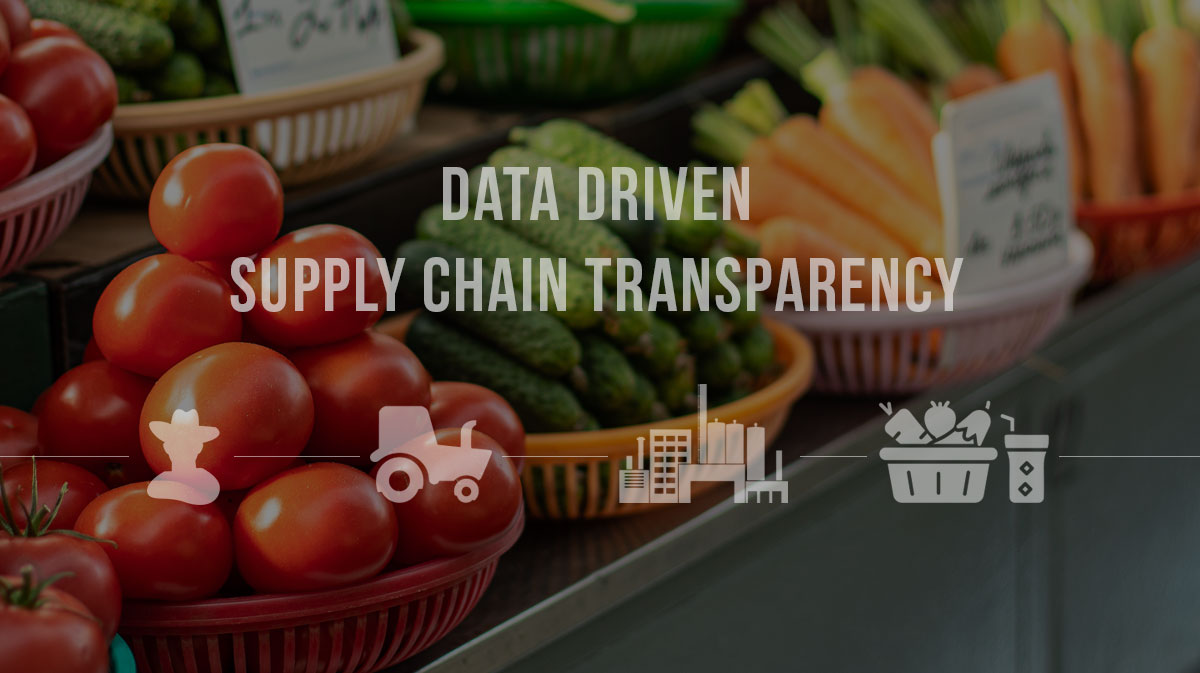First Steps in Food Safety Implementation
For food processors and safety professionals, the implementation of a food safety system is not just about compliance—it’s a fundamental practice that ensures the integrity and safety of food throughout the supply chain. Properly executed, such systems protect consumers and enhance the reputation of the company. This detailed guide will walk you through the initial steps to effectively implement a food safety program, integrating crucial technologies like food safety software to streamline processes.
Understanding Food Safety
Food safety encompasses all measures used to prevent foodborne illnesses and ensure that food is stored, prepared, and handled in a way that maintains its quality and safety. It is a critical consideration for any food processing company, given the potential health risks and regulatory repercussions associated with food contamination.
Developing a Food Safety Plan: A Step-by-Step Approach
Step 1: Assemble a Food Safety Team
Start by forming a dedicated team responsible for the development and execution of your food safety plan. This team should include individuals with diverse expertise, including operations, quality control, and supply chain management, to ensure all potential risks are considered and addressed.
Step 2: Perform a Hazard Analysis
Identify potential hazards that could impact your food products at any stage of the production process. This could include biological, chemical, or physical hazards. Each identified hazard should be assessed for the severity of its potential impact and the likelihood of its occurrence.
Step 3: Determine Critical Control Points (CCPs)
For each hazard, determine the points in the process where control is essential to prevent or significantly reduce the risk. These points are known as Critical Control Points. Typical CCPs include cooking, cooling, packaging, and metal detection.
Step 4: Establish Critical Limits for Each CCP
Set quantifiable limits for each CCP. For example, a critical limit for a cooking process might be reaching an internal temperature of 165°F for at least 15 seconds to effectively eliminate pathogenic bacteria.
Step 5: Create Monitoring Procedures
Develop procedures to ensure CCPs are continuously monitored. This might involve setting up schedules for checking temperatures or testing product samples. Monitoring should be designed to provide a record that can be reviewed and verified.
Step 6: Implement Corrective Actions
Define specific actions to take when monitoring indicates a deviation from an established critical limit. This ensures any issues are addressed promptly to prevent unsafe products from reaching consumers.
Step 7: Verify the Effectiveness of the System
Regular verification should be conducted to ensure the food safety system is functioning as intended. This may include routine audits, additional testing, and review of monitoring and corrective action records.
Step 8: Documentation and Record Keeping
Maintaining detailed records is essential for the validation of the food safety system and for compliance with regulatory requirements. Documentation should include records of all procedures, monitoring activities, corrective actions, and verification efforts.
Leveraging Technology: Food Safety and Traceability Software
Implementing advanced food safety software can greatly enhance the efficiency and reliability of your food safety system. These systems provide integrated solutions for managing documentation, monitoring CCPs in real-time, and ensuring compliance with regulatory standards.
Benefits of Food Safety Software:
- Efficiency: Automate manual processes, reducing the time and labor involved in data entry and report generation.
- Traceability: Advanced food traceability software systems track products throughout the supply chain, enabling quick responses to food safety incidents.
- Compliance: Maintain up-to-date records of all food safety activities, simplifying compliance with food safety standards and regulatory requirements.
Example of Implementation
Consider a hypothetical scenario where a fresh produce distributor decides to implement food safety software. By using the software to track the temperature and humidity in real-time during the storage and transportation of perishable goods, the company can prevent spoilage and reduce the risk of bacterial growth, ensuring the safety and quality of the produce delivered to consumers.
Conclusion
Implementing a food safety system is a strategic process that requires careful planning and execution. By understanding the fundamental steps and integrating powerful food safety and traceability software, companies can not only comply with stringent regulatory standards but also gain a competitive edge in the market by ensuring the highest standards of food safety.
For a deeper dive into how food safety software can transform your food safety operations, I invite you to book a demo with us at Normex. Explore firsthand how our solutions can be tailored to meet the unique needs of your business, ensuring compliance and enhancing operational efficiencies.



